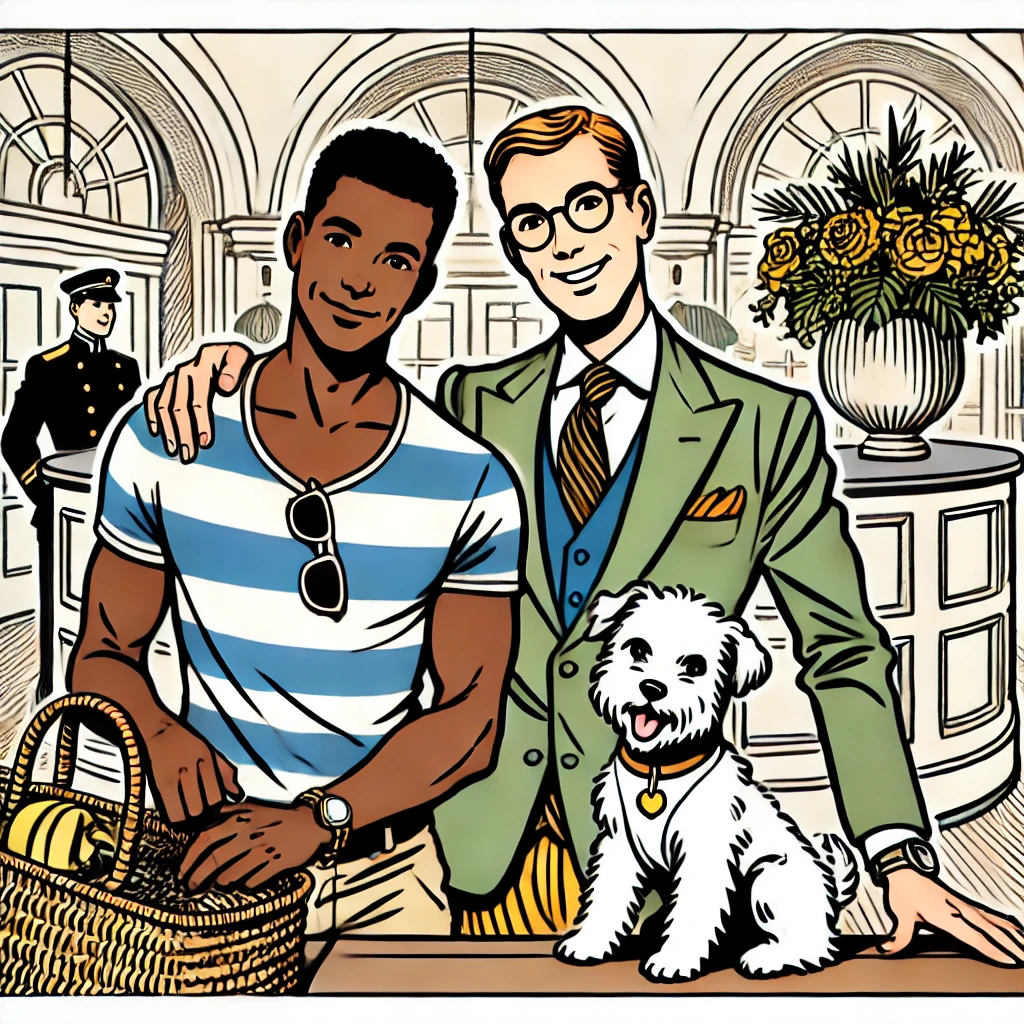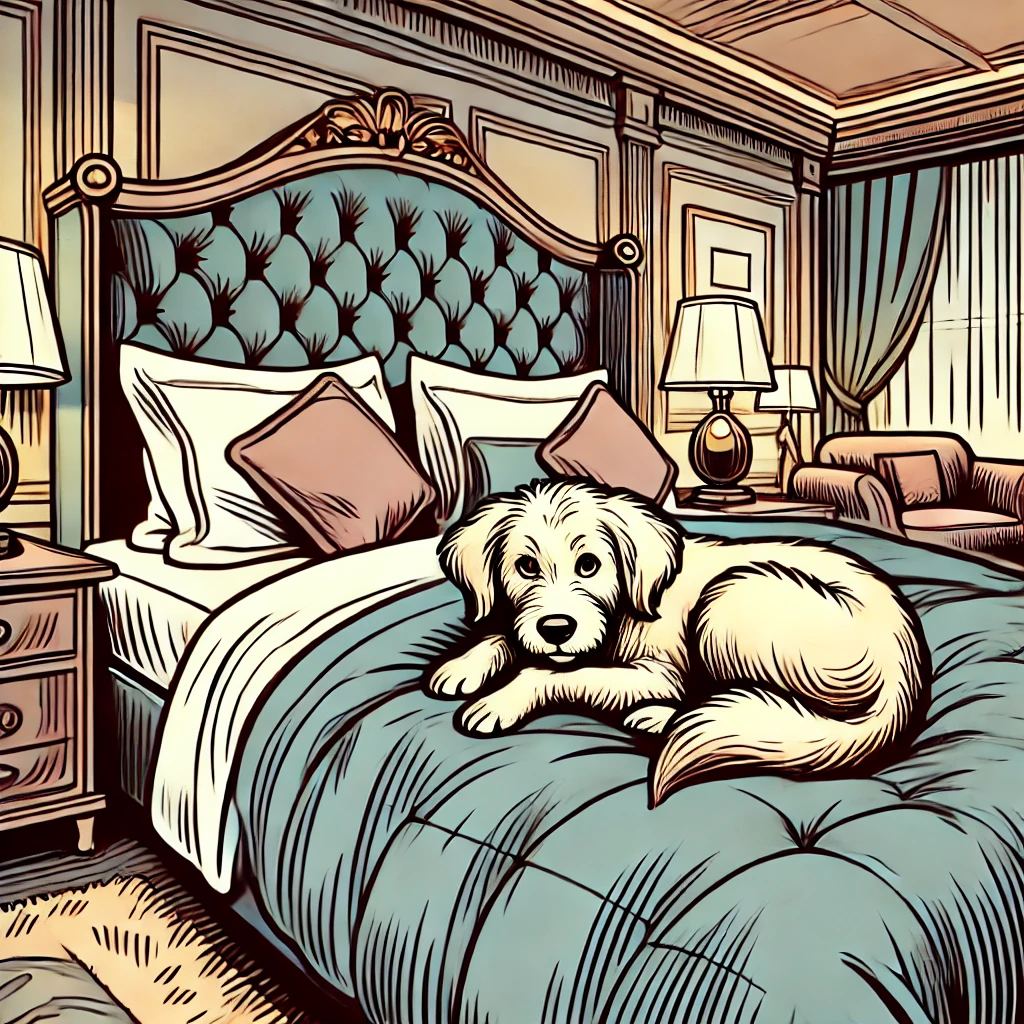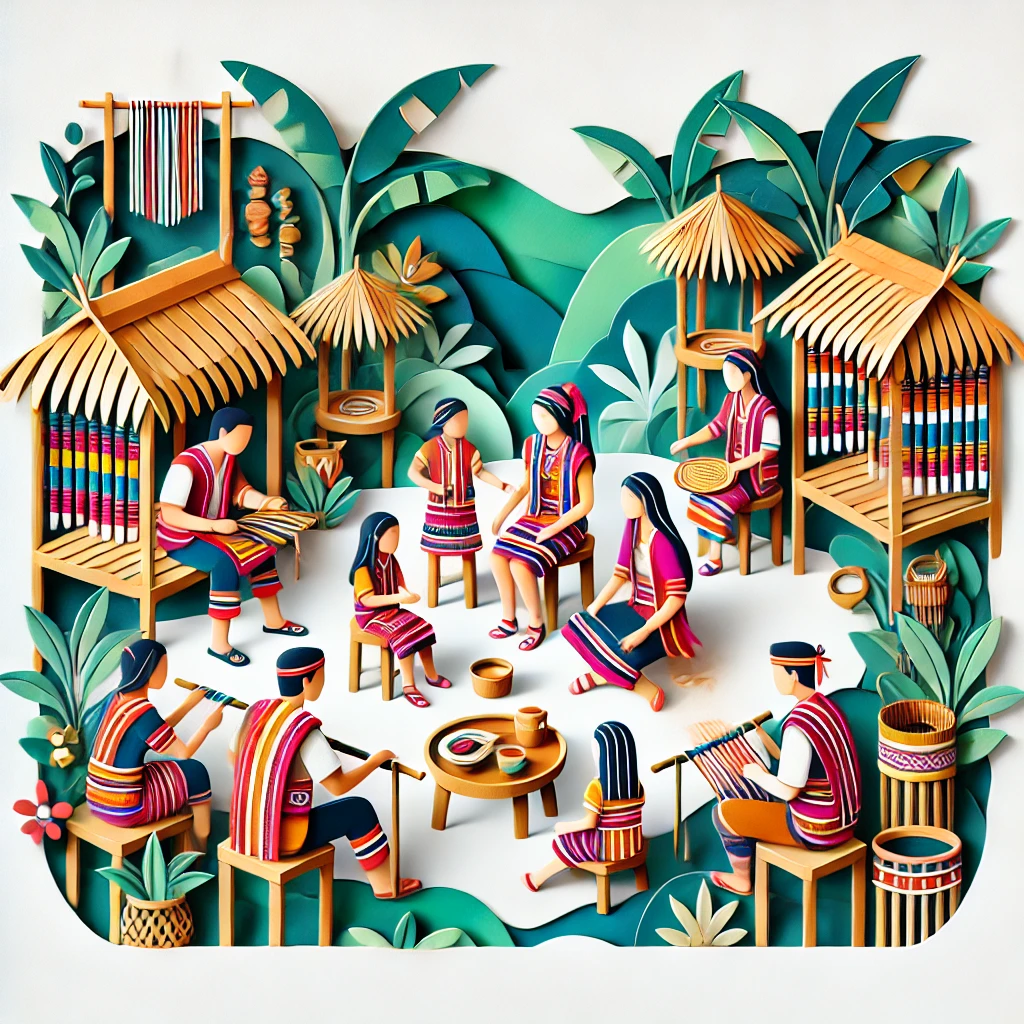Lost without service? Here’s an explanation of what eSIMs are — and how they’re changing the game for travelers.
Your bags are packed, your itinerary is set, and you’re ready to explore. But the moment you step off the plane, your phone flashes a dreaded message: No Service.
You scramble to connect to airport WiFi (if it’s even available), fumble with a local SIM card you bought at a kiosk, and pray you remember your hotel’s address before getting into a taxi. Meanwhile, your friends and family have no idea where you are. Sound familiar?
“ESIMs eliminate roaming charges, simplify setup, and ensure you’re never stranded without service.
Because the only thing you should be worrying about on your trip is where to explore next.”
For years, travelers have been caught in this all-too-common nightmare — disconnected, disoriented and sometimes downright lost. But thanks to eSIM technology, staying connected abroad is no longer a hassle.
What Is an eSIM?
An eSIM (embedded SIM) is a digital SIM card built directly into your phone. Unlike traditional SIM cards, eSIMs don’t require swapping out tiny plastic chips. Instead, you can activate a data plan by scanning a QR code — no waiting, no extra hardware.
And eSIMs are quickly becoming the standard. The number of eSIM-enabled devices is expected to grow from 1.2 billion in 2021 to 3.4 billion by 2025, according to a study by Juniper Research. That’s a 180% increase.
How Do eSIMs Work?
Setting up an eSIM is incredibly simple:
Make sure your phone is compatible.
Purchase an eSIM plan from a provider online.
Receive a QR code via email.
Scan the code with your phone’s camera.
Boom — you’re connected!
With an eSIM, you can store multiple data plans on a single device, meaning you can switch between providers with just a few taps. Many travelers keep their home number active while using an eSIM for data abroad — no more expensive roaming fees.
Why Travelers Are Ditching Traditional SIMs for eSIMs
1. Instant Connectivity
Gone see those frantic airport searches for a SIM card vendor. You can activate your eSIM before you even take off.
2. No More Roaming Nightmares
International roaming fees can be brutal. A 2023 study by WhistleOut found that some U.S. carriers charge up to $10 per day for international data, while pay-as-you-go rates can skyrocket to $2.05 per MB (that’s $2,050 for 1 GB!). ESIMs offer flat-rate, prepaid data plans that can save travelers hundreds of dollars per trip.
3. Eco-Friendly and Hassle-Free
ESIMs eliminate the need for plastic SIM cards, packaging and shipping, making them a greener choice. Plus, no more losing or damaging those tiny chips.
4. Dual SIM Capability
Need to keep your regular number active for calls and texts? No problem. Many eSIM-compatible phones let you use your primary number for calls while using an eSIM for data abroad.
5. Hotspot and Data Sharing
Some eSIM plans even allow tethering, so you can share your data with a laptop or travel companion — perfect for digital nomads or group travelers.
What to Know Before Using an eSIM
While eSIMs are a game-changer, they aren’t perfect for everyone. Here are a few things to keep in mind before making the switch:
1. Your phone must be compatible.
Not all phones support eSIMs. As of now, only newer models from Apple, Samsung, Google and a few other brands work with eSIMs. If you’re unsure, check your phone’s settings or the provider’s compatibility list before purchasing.
2. You need WiFi for setup.
To install an eSIM, you must be connected to WiFi. This means you should set it up before leaving home or from a hotel with stable internet. Forget to do it? You might struggle to get online when you land.
3. You don’t get a phone number on data-only plans.
Most travel eSIMs are data-only, meaning they don’t provide a phone number for calls or texts. If you need to make calls, you’ll have to use WhatsApp, FaceTime or Google Voice instead.
4. Data sharing isn’t available everywhere.
Not all eSIM plans allow hotspot sharing. If you plan to connect your laptop or share data with a travel partner, check whether your plan supports it — especially if you’re traveling in a remote area.
5. Coverage can vary.
ESIMs rely on local networks, meaning signal strength and speeds depend on where you are. If you’re in a rural or mountainous area, you might experience weaker coverage — just like with a regular SIM card.
6. Switching providers may take a few steps.
While eSIMs make it easier to change carriers, some phones require a manual reset when switching networks. If you’re juggling multiple providers, this could cause minor delays.
FAQs About eSIMs for Travelers
What exactly is an eSIM?
If you have a newer phone (like an iPhone XR or later, Google Pixel 3 or later, or a recent Samsung Galaxy model), the eSIM technology is already built into your device. You don’t need any extra hardware — just activate an eSIM plan by scanning a QR code or entering details manually, and your phone connects to a local network.
Since it’s embedded in your device, an eSIM can’t be lost, stolen or damaged like a traditional SIM card.
Why would I need an eSIM?
If you travel internationally, an eSIM lets you stay connected without expensive roaming fees or the hassle of swapping physical SIM cards. With an eSIM, you can activate a local or global data plan before your trip and have internet access the moment you land.
Does an eSIM replace an international data plan?
An eSIM is an international data plan, but instead of using your home carrier’s potentially expensive roaming package, it connects to local networks at a better rate. Unlike traditional international data plans that require carrier contracts, eSIMs are prepaid and flexible.
Can I use an eSIM and my regular SIM at the same time?
Yes. Most eSIM-compatible phones have dual SIM functionality, meaning you can keep your regular SIM active for calls and texts while using an eSIM for data. This is great for people who need to receive calls on their primary number while using a local data plan abroad.
Do eSIMs work in every country?
ESIM providers offer coverage in most major travel destinations, but coverage quality varies depending on local networks. Always check if your destination supports eSIMs before purchasing a plan.
What happens if I lose my phone while using an eSIM?
If you lose your phone, your eSIM is tied to that device and cannot be removed or swapped like a physical SIM card. However, you can still access your account from another device to transfer your eSIM, depending on your provider’s policy.
Can I share my eSIM data with other devices?
Some eSIMs allow hotspot sharing, while others restrict tethering. If you plan to use your phone’s hotspot for a laptop or another device, make sure your eSIM provider supports this feature in your destination.
Are eSIMs secure?
Yup. ESIMs cannot be physically stolen or removed, making them more secure than traditional SIM cards. However, like any digital service, it’s important to use strong passwords and enable remote tracking features on your phone in case of loss or theft.
How do I switch back to my regular SIM after my trip?
It’s easy! Simply go into your phone’s SIM settings and switch back to your primary SIM. If you don’t plan to use your eSIM again, you can delete it from your device.
Say Hello to Holafly: A Seamless eSIM Solution
While there are several eSIM providers out there, Holafly has made a name for itself by offering a frictionless, traveler-friendly experience. They’ve got:
ESIMs for 190+ destinations worldwide
Instant email delivery — no waiting or physical shipping
24/7 support via WhatsApp, chat or email
Flat-rate pricing — no surprise fees or roaming charges
Data sharing supported in 30+ destinations
With over 1 million travelers already using Holafly, the company is helping make international connectivity effortless.
ESIMs: The Future of Travel Connectivity
ESIMs eliminate roaming charges, simplify setup, and ensure you’re never stranded without service.
If you’re ready to ditch the SIM-swapping stress, check out Holafly and get an exclusive 5% discount. Use the code: NOTSOINNOCENTS
This works whether or not you’re a new customer — and it’s valid for top-ups, too.
Because the only thing you should be worrying about on your trip is where to explore next. –Wally


















































































































